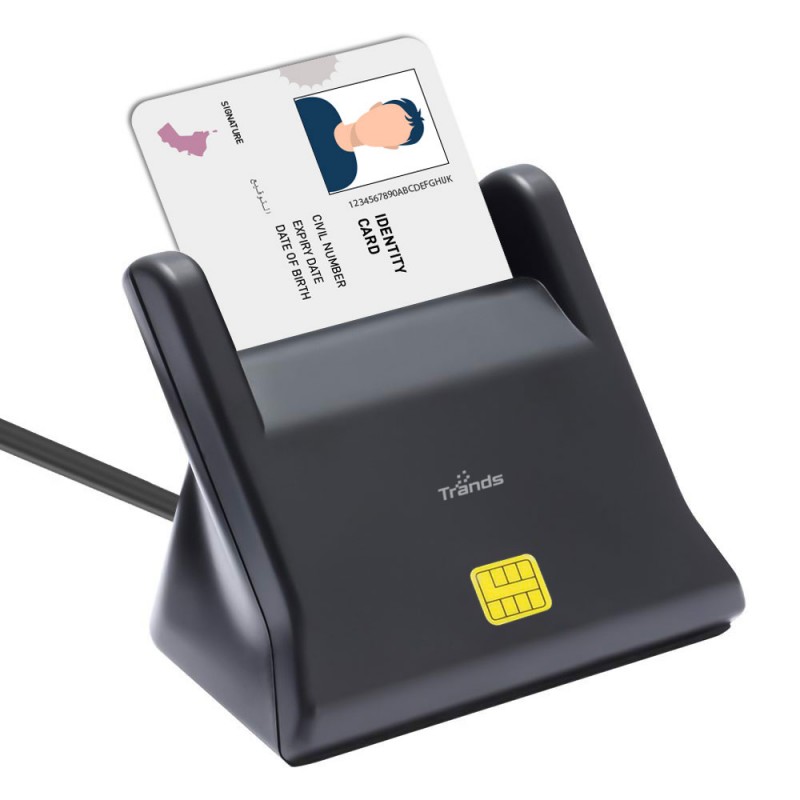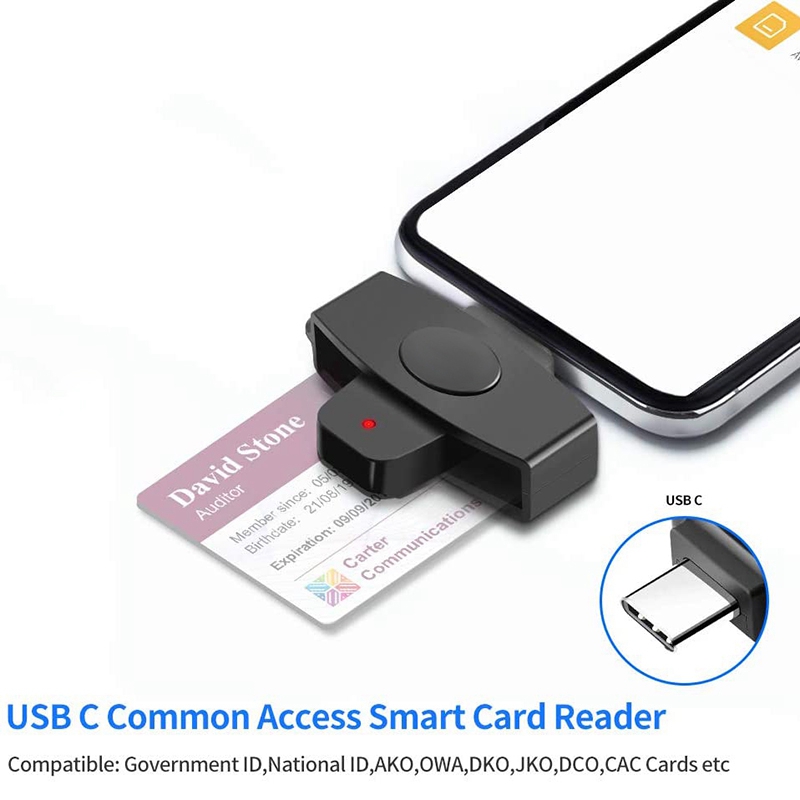


Contracted college & university ROTC Cadets and Midshipmen.National Guard (Army National Guard and Air National Guard) members of the U.S.Armed Forces (to include Cadets and Midshipmen of the U.S. Coast Guard DoD civilians USCG civilians non-DoD/other government employees and State Employees of the National Guard and eligible DoD and USCG contractors who need access to DoD or USCG facilities and/or DoD computer network systems: The CAC is issued to Active United States Armed Forces (Regular, Reserves and National Guard) in the Department of Defense and the U.S. DoD has deployed an issuance infrastructure at over 1,000 sites in more than 25 countries around the world and is rolling out more than one million card readers and associated middleware. As of the same date, approximately 3.5 million unterminated or active CACs are in circulation. This number includes reissues to accommodate changes in name, rank, or status and to replace lost or stolen cards. As of 2008, DoD has issued over 17 million smart cards.

The CAC also satisfies the requirements for digital signature and data encryption technologies: authentication, integrity and non-repudiation. In combination with a personal identification number, a CAC satisfies the requirement for two-factor authentication: something the user knows combined with something the user has. It also serves as an identification card under the Geneva Conventions (esp. It is also the principal card used to enable physical access to buildings and controlled spaces, and it provides access to defense computer networks and systems. It is the standard identification for Active Duty United States Defense personnel, to include the Selected Reserve and National Guard, United States Department of Defense (DoD) civilian employees, United States Coast Guard (USCG) civilian employees and eligible DoD and USCG contractor personnel. The Common Access Card, also commonly referred to as the CAC is a smart card about the size of a credit card.


 0 kommentar(er)
0 kommentar(er)
